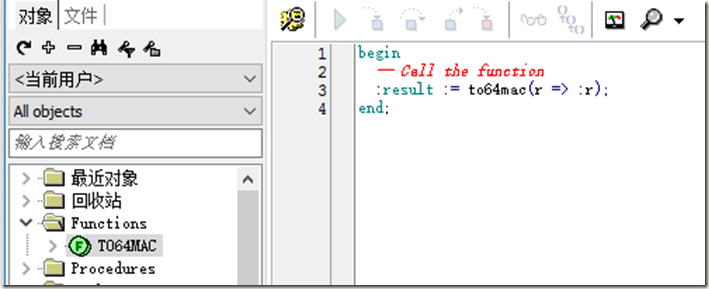Active years, months ago. With INSTR you can find the location of a string within another string. Description of the illustration replace. REPLACE returns char with every occurrence of search_string replaced with replacement_string.
If replacement_string is omitted or null, then all occurrences of search_string are removed. If search_string is null, then char is returned. Both search_string and replacement_string, as well as char, can be any of the datatypes.
Hello: Could someone help me resolve this? Difference between CHAR and VARCHAR The primary difference between the varchar and char types is data padding. If you have a column called FirstName that is a varchar (10) data type and you store the value of SAM in the column, only bytes are physically store plus a little overhead.

Something went wrong on our end. CHAR, VARCHAR NCHAR, NVARCHAR CLOB, or NCLOB. The pattern is the expression to be replaced. The replace string is the text that will replace the matching patterns. Stack Exchange network consists of 1QA communities including Stack Overflow, the largest, most trusted online community for developers to learn, share their knowledge, and build their careers.
The problem I ran into was that either the original CLOB, the replacement CLOB or the final result would exceed the 32k limit for oracle String functions like REPLACE. Here is some code that allows you to replace a part of a CLOB with another CLOB no matter the size. If string_expression is not of type varchar (max) or nvarchar(max), REPLACE truncates the return value at 0bytes. To return values greater than 0bytes, string_expression must be explicitly cast to a large-value data type.
REPLACE performs comparisons based on the collation of the input. In SQL Server, you can use CONVERT or CAST functions to convert a datetime value (DATETIME, DATETIMEdata types i.e.) to a string. Oracle External Bank Payment APIs. Hello all, With TOAD (version .0x - commercial), is there a way to easily replace a substring of a column value with another string? Note that the alternate set of characters is optional.
Spent alot of time trying to find some sample code to replace all occurrences of some text with new text for CLOB variables in PLSQL. Didnt find any, but noticed a few other posts looking for similiar code. Hi Friends, How can I convert the column USER_TAB_COLUMNS.
The column DATA_DEFAULT has LONG datatype. How to remove line feed or carriage ruturn values from the varchar or nvarcahr column Is there is any function? The numeric argument is implicitly cast to a VARCHAR data type. You might want to use REPLACE to present whatever varchar to float transformation you use (CAST, CONVERT) with an unsigned string.
Regular expressions are not permitted in constraints or function-based indexes because they are not deterministic across NLS settings. I need to convert and replace with varchar data type. Dont i need to run an update statement after i change? Assuming SQL Server given the VARCHAR (MAX).

Using replace is going to be entirely to tedious and slow, HTML is just another formatting XML, you could convert them to XML and replace the properties using that instead. Microsoft SQL Server Forums on Bytes. Takes three arguments as input of type BINARY or STRING and replaces any instances of the second string expression (string_expr2) that occur within the first string expression (string_expr1) with a third expression (string_expr3).
STR_ REPLACE is an alias of REPLACE function. This can be a very useful when you require to do string replacements in BLOB fields. He loves teaching others, and like to share his thoughts, ideas, and experience on his blog. CHAR is used to store fixed length character strings where as Varcharcan store variable length character strings. Character functions operate on values of dataype CHAR or VARCHAR.
Returns a given string in lower case. Introducing the package specification. The package specification is where you declare public items. Replaces a given set of characters in a. By default, the scope of package items is the schema of the package. This is something that cannot be done with the TEXT data type.
Furthermore the VARCHAR (max) data type can be used inside string functions such as REPLACE , CHARINDEX or LEFT instead of using READTEXT, WRITETEXT, and UPDATETEXT commands to manipulate LOBs.
Hiç yorum yok:
Yorum Gönder
Not: Yalnızca bu blogun üyesi yorum gönderebilir.